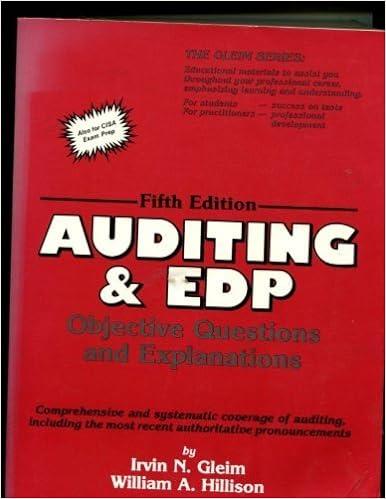Information: Laker Company reported the following January purchases and sales data for its only product. Date Units Sold at Retail Units Acquired at Cost 140 units @ $6.00 = $ 840 100 units @ $15 Jan. 1 Jan. 10 Jan. 20 Jan. 25 Jan. 30 Activities Beginning inventory Sales Purchase Sales Purchase Totals 60 units @ $5.00 = 300 80 units @ $15 180 units @ $4.50 380 units $1,950 810 $1,950 180 units Required The Company uses a perpetual inventory system. Determine the cost assigned to ending inventory and to cost of goods sold using (a) specific identification, (b) weighted average, (c) FIFO, and (d) LIFO. (Round per unit osts and inventory amounts to dollars and cents.) For specific identification, ending inventory consists of 00 units, where 180 are from the January 30 purchase, 5 are from the January 20 purchase, and 15 are from eginning inventory Information: Hemming Co. reported the following current-year purchases and sales for its only product Units Sold at Retail Date Units Acquired at Cost 200 units @ $10 = $ 2,000 150 units @ $40 350 units @ $15 = 5,250 Activities Beginning inventory Sales .... Purchase Sales Purchase Sales Purchase Totals Jan. 1 Jan. 10 Mar. 14 Mar. 15 July 30 Oct. 5 Oct. 26 300 units @ $40 450 units @ $20 = 9,000 430 units @ $40 100 units @ $25 = 1,100 units 2,500 $18,750 880 units Required Hemming uses a perpetual inventory system. Determine the costs assigned to ending inventory and to cost of goods sold using (a) FIFO and (b) LIFO. Compute the gross margin for each method. (Round amounts to dollars and cents.) Information: Warnerwoods Company uses a perpetual inventory system. It entered into the following purchases and sales transactions for March. (For specific identification, the March 9 sale consisted of 80 units from beginning inventory and 340 units from the March 5 purchase; the March 29 sale consisted of 40 units from the March 18 purchase and 120 units from the March 25 purchase.) Date Activities Units Sold at Retail Units Acquired at Cost 100 units @ $50.00 per unit 400 units @ $55.00 per unit E. 420 units @ $85.00 per unit Mar. 1 Mar. 5 Mar. 9 Mar. 18 Mar. 25 Mar 29 Beginning inventory Purchase... Sales Purchase Purchase Sales Totals 120 units @ $60.00 per unit 200 units @ $62.00 per unit 160 units @ $95.00 per unit 580 units 820 units Required 1. Compute cost of goods available for sale and the number of units available for sale. 2. Compute the number of units in ending inventory. 3. Compute the cost assigned to ending inventory using (a) FIFO, (b) LIFO, (c) weighted average, and (d) specific identification. (Round all amounts to dollars and cents.) 4. Compute gross profit earned by the company for each of the four costing methods in part 3. 30









